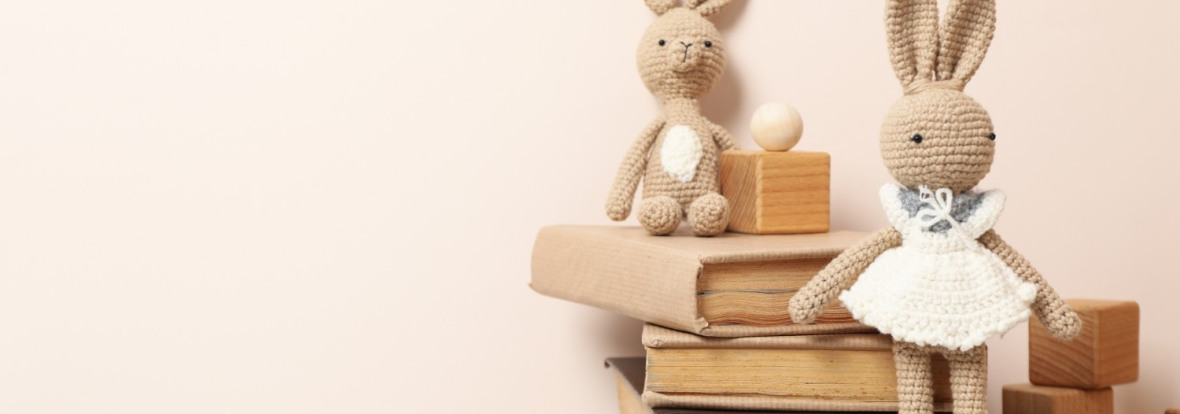Why Does My Child Want the Same Book or Song Over and Over?

Understanding the Power of Repetition in Early Childhood
If you’ve read the same story five times today or played that song again and again, you might wonder why your child insists on repetition. It can feel tiring, but what seems repetitive to us is incredibly enriching for them.
At Blossom, we see every “again!” as a powerful learning moment in their early learning journey.
🧠 What Neuroscience Tells Us
Young children’s brains are built through repetition. Every time a child hears a familiar story or song, it strengthens neural connections that support:
- Predictability and pattern recognition
- Language & memory development
- Emotional security and confidence
Familiar activities are calming because they reduce cognitive load and increase control. When a child knows what comes next in a song or story, they feel safe enough to engage more deeply and build mastery.
Neuroscience confirms that repeated exposure supports brain plasticity, which is the brain's ability to adapt and grow through experience.
🌱 Repetition as a Right and a Way of Asking Questions
From the lens of The Book of Sustainable Education, this behavior connects to:
- Education in Freedom: Children are free to revisit what feels meaningful, comforting, or curious to them.
- Pedagogy of the Question: Repetition is a child’s way of asking, "What happens next?" or "Can I predict this?" or "Can I master this idea?"
Instead of asking questions with words, young children ask through experience. Repetition is how they explore, test, and confirm their understanding of the world.
🏫 What We Do at Blossom Nurseries and Preschools
At Blossom, we view repetition not as a delay in progress but as a foundation for cognitive development in early years.
Here’s how:
- Purposeful Repetition: Educators repeat stories and songs that are meaningful and rich in vocabulary, rhythm, and social connection.
- Predictable Routines: Our daily schedules follow consistent patterns so children know what to expect. This increases cooperation and comfort.
- Supportive Transitions: We use songs, visual cues, and gestures to guide children from one activity to another. This builds anticipation and reduces anxiety.
These practices make learning feel safe and joyful.
🏠 Home Tip: Start the Day with a Repetitive Song
Build a comforting and predictable start to the day by introducing a short morning song. For example:
🎵 “Brush our teeth, then get dressed, time for nursery, looking our best!”
The more your child hears it, the more they will connect those words with routines and transitions, increasing their independence and confidence.
You can use songs to support any daily habit, from washing hands to packing a bag. Children will begin to take pride in knowing what comes next.
🌍 A Sustainable Approach to Learning
Sustainable education is not about rushing through content or constantly introducing something new. It is about depth, connection, and trust.
By honoring children’s need for repetition, we help them:
- Feel safe in their environment
- Build a strong memory and language foundation
- Gain confidence in their ability to learn and understand
So the next time your child asks for the same book or song, remember, they are not bored.
They are learning. They are growing. And they are building their world, one beautiful repeat at a time.












Blossom Nusery
December 19, 2025